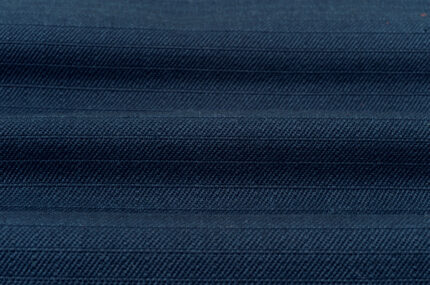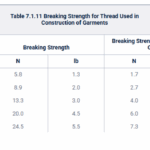-Radiant Heat (RPP) according to ASTM F1939: Clothing fabrics must determine their radiation protection performance and must have an RPP value of at least 7.
Flame resistance according to ASTM D6413/D6413M: Clothing fabrics must determine their radiation protection performance and must have an RPP value of at least 7.
Fabrics, linings, lettering and other materials used in manufacturing (including labels, linings, padding, reinforcements, trims, buckles, emblems, patches and excluding Velcro fasteners, elastics, non-skin contact interfacings) must be individually analyzed for flame resistance and must not have a carbonization length greater than 100 mm, must not have an afterburner of more than 2 seconds, and must not melt or sink.
In the event that the specimens are not large enough to meet the size requirements, their flame resistance must be analyzed as indicated by the test and they must not be completely consumed, must not have a residual flame of more than 2 seconds, and must not melt or sink.
-Heat resistance according to ASTM F2894: Fabrics, interfacings, winter linings, and collar linings must individually meet the heat resistance test and must not shrink by more than 10% in any direction.
-Fabrics, interfacings, winter linings, lettering and other materials used in manufacturing (padding, reinforcements, labels, cuffs, collars, closures, trimmings, buckles, emblems and patches, excluding velcro and elastic fasteners that are not in direct contact with the skin) must individually be heat-resistant and must not melt, sink, separate or ignite. For fabrics, moreover, they cannot be charred
-All clothing fittings should be analyzed individually for heat resistance without being able to light up or lose their functionality.
-Total heat loss according to ASTM F1868: The material/compound used for wilderness clothing, regardless of warm clothing and winter linings, should be analyzed for total heat loss and should not be less than 500 W/m2
-Tear resistance according to ASTM D1424: Openwork fabrics, collar linings and winter linings must individually meet the tear strength with a minimum value of 22N.
-Burst strength according to ASTM D3787 When it comes to knitwear, the burst strength will be determined and must have a minimum value of 225N
-Dimensional stability according to AATCC TM 135 Openwork fabrics, winter linings and collar linings will individually determine the shrinkage strength. The result cannot exceed 5% in any direction.
-Breaking strength according to ASTM D5034: The fabric must meet the breaking strength with a minimum of 225N
-Seam strength according to ASTM D1683/D1683M: For seams of openwork garments or at least one of the openwork fabrics, the minimum seam strength must be 315N in the main seams and 225N in the minor seams.
For sewing in knitted garments, the strength of the seam must be equal to or greater than 180N
In the event that the strength of the fabrics is less than the strength of the seam, provided that the fabric breaks without seam failure below the applicable forces, the breaking strength of the seam shall be considered acceptable.
-Sewing thread melting temperature according to ASTM D7138: The melting temperature of any sewing thread must be determined to be at least 260ºC
-Sewing thread breaking strength according to ASTM D2256/D2256: The breaking strength of any sewing thread must be determined by complying with the requirements of the following table:



